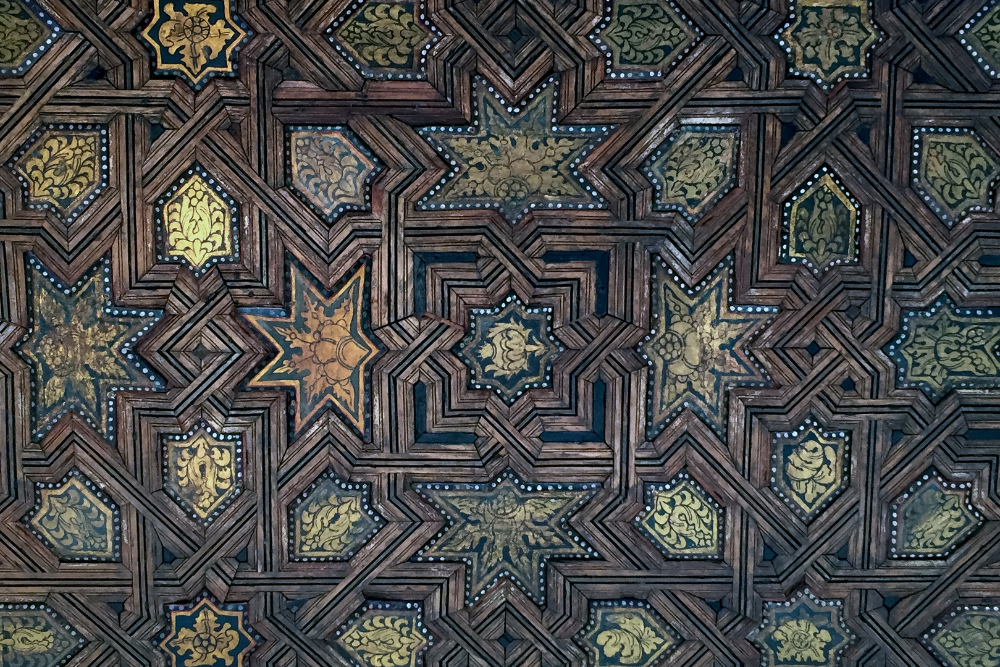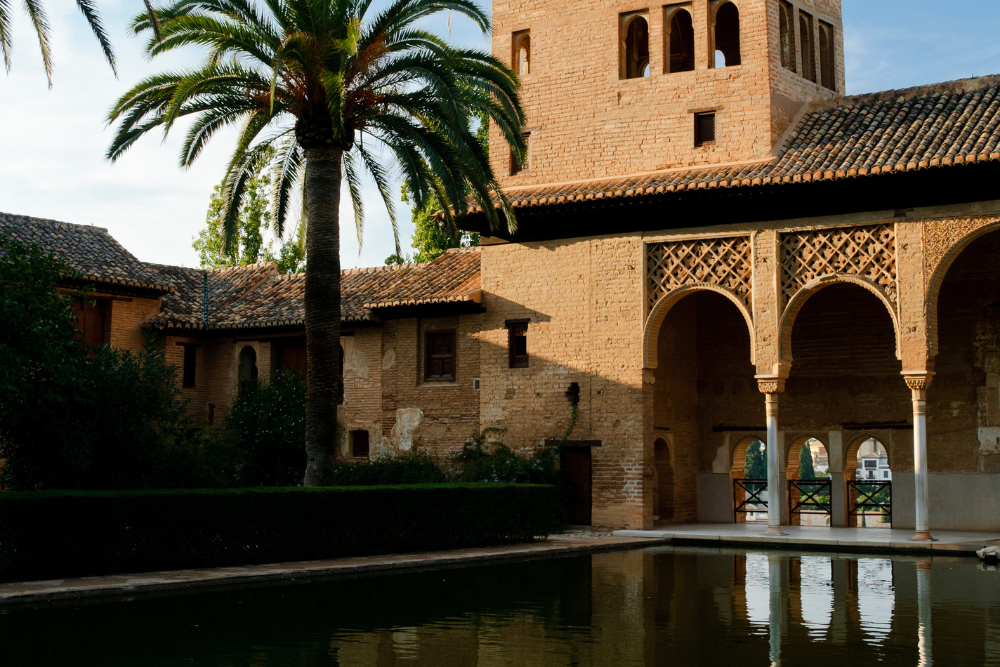Spain, with its breathtaking landscapes, vibrant culture, and rich history, has been shaped by countless civilizations. Among the most influential of these were the Moors, who ruled large parts of the Iberian Peninsula for almost 800 years. Their legacy, from architecture to language and even cuisine, has left an indelible mark on Spain. For those interested in the country’s history and cultural evolution, exploring the sites and stories of Spain’s Moorish heritage is an unforgettable journey.
1. Alhambra: The Jewel of Granada

Perhaps the most famous example of Moorish architecture in Spain is the Alhambra, located in the city of Granada. This sprawling fortress-palace complex was built in the 13th century by the Nasrid dynasty and is a testament to the splendor of Islamic architecture. The Alhambra’s delicate Islamic art, intricate tilework, and grand courtyards reflect the sophistication and opulence of the era. The ethereal beauty of the Patio de los Leones (Court of the Lions) and the Sala de los Abencerrajes (Hall of the Abencerrajes) continue to captivate visitors today.
The Alhambra’s story is one of political intrigue and artistic achievement. The last Muslim kingdom in Spain, the Nasrids, ruled from Granada until 1492, when the Catholic Monarchs, Ferdinand and Isabella, completed the Reconquista and expelled the Moors from the city. This turning point in history is symbolized by the famous inscription on the Alhambra’s walls, “Wa la ghalib illa Allah” (“There is no victor but God”), a reminder of the Islamic world’s influence on Spanish culture.
2. The Mezquita: A Monument to Religious Tolerance

In the city of Córdoba, the Mezquita (or Great Mosque) stands as a powerful symbol of religious tolerance and coexistence. Originally built in the 8th century under the Umayyad Caliphate, it was later converted into a cathedral after the Christian Reconquista. The Mezquita’s architectural beauty lies in its seamless fusion of Islamic and Christian design elements. The striking red-and-white arches, the serene courtyards, and the prayer hall filled with a forest of columns transport visitors back to the time when Córdoba was the intellectual and cultural heart of medieval Europe.
The Mezquita’s story is one of transformation. Once a place of worship for Muslims, it now serves as a Catholic cathedral, reflecting the complex religious and cultural interactions that took place in Spain during the Middle Ages. The mosque’s construction under Caliph Abd al-Rahman I marked Córdoba as a center of learning, science, and art in the Islamic world, and its architectural beauty continues to inspire awe.
3. The Alcázar of Seville: A Royal Islamic Fortress

The Alcázar of Seville, a UNESCO World Heritage site, is another outstanding example of Spain’s Moorish heritage. Originally built by the Almohads in the 12th century, this fortress-palace is still used by the Spanish royal family today. The Alcázar’s delicate Islamic architecture, stunning gardens, and ornate rooms, like the Salón de Embajadores (Hall of Ambassadors), offer a glimpse into the luxury and grandeur of the medieval Islamic court.
4. Ronda: A Moorish Stronghold in the Mountains

For a more intimate glimpse into the Moorish influence in Spain, the town of Ronda in Andalusia offers a captivating experience. Perched dramatically on a gorge, Ronda was an important stronghold during the Moorish period. Its old town, with its narrow streets and whitewashed houses, still retains much of its Moorish charm. The town’s Puente Nuevo (New Bridge), which spans the deep El Tajo gorge, was built in the 18th century, but its design reflects the town’s Islamic heritage.
Ronda’s most notable Moorish landmark is the Baños Arabes (Arab Baths), which date back to the 13th century. The baths, located in a quiet, serene area near the old town, are a wonderful example of the importance the Moors placed on cleanliness and public health. Their design, which includes vaulted ceilings and water channels, reflects the Islamic tradition of creating communal spaces for social and spiritual purposes.
5. Moorish Influence in Spanish Cuisine and Language

Beyond architecture and monuments, the Moors have left a profound imprint on Spanish cuisine and language. Many of the ingredients and cooking techniques used in traditional Spanish dishes, such as saffron, rice, almonds, and cinnamon, were introduced by the Moors. Dishes like paella, gazpacho, and tapas bear traces of Moorish culinary traditions, which emphasized the use of spices, herbs, and fresh ingredients.
Conclusion
Spain’s Moorish heritage is a vibrant tapestry of history, culture, and architecture that continues to shape the country today. From the grandeur of the Alhambra in Granada to the serene beauty of the Alcázar in Seville, the legacy of the Moors is woven into the very fabric of Spanish society. For travelers and history enthusiasts, these sites offer a fascinating glimpse into a bygone era, where different cultures coexisted, creating a rich and diverse heritage that remains an essential part of Spain’s identity.












